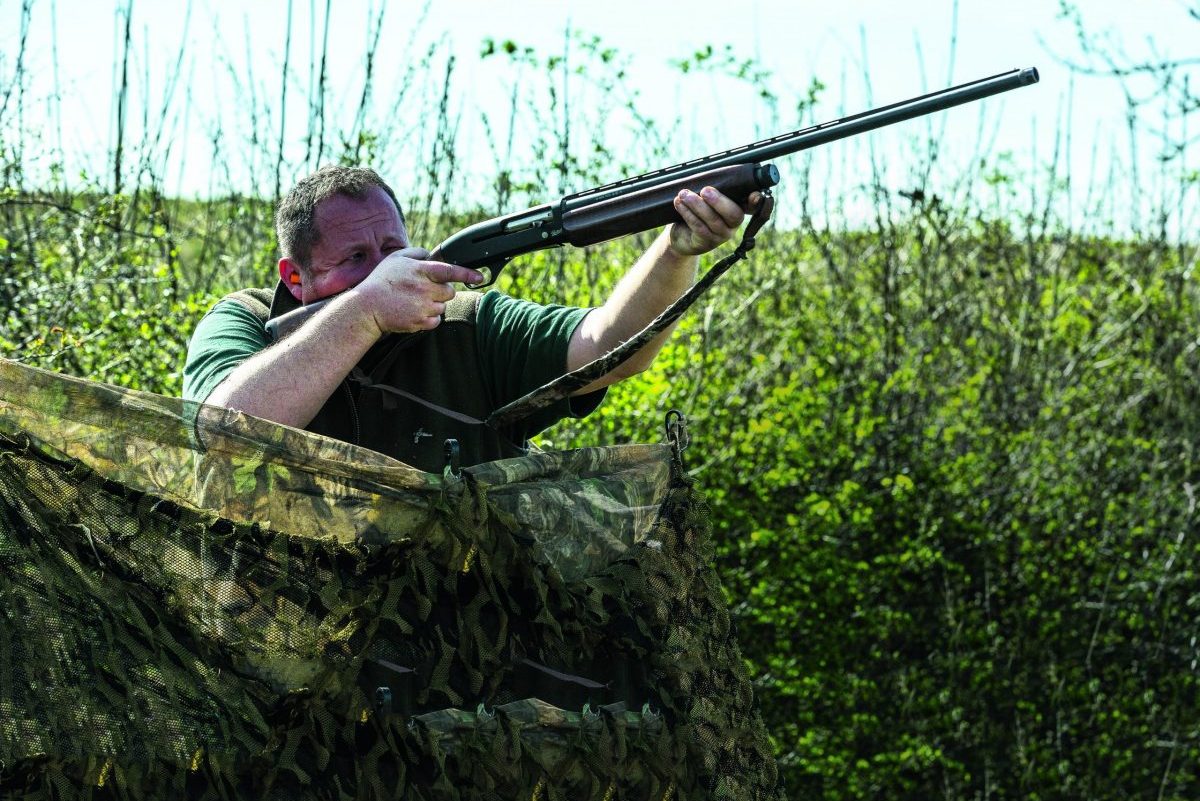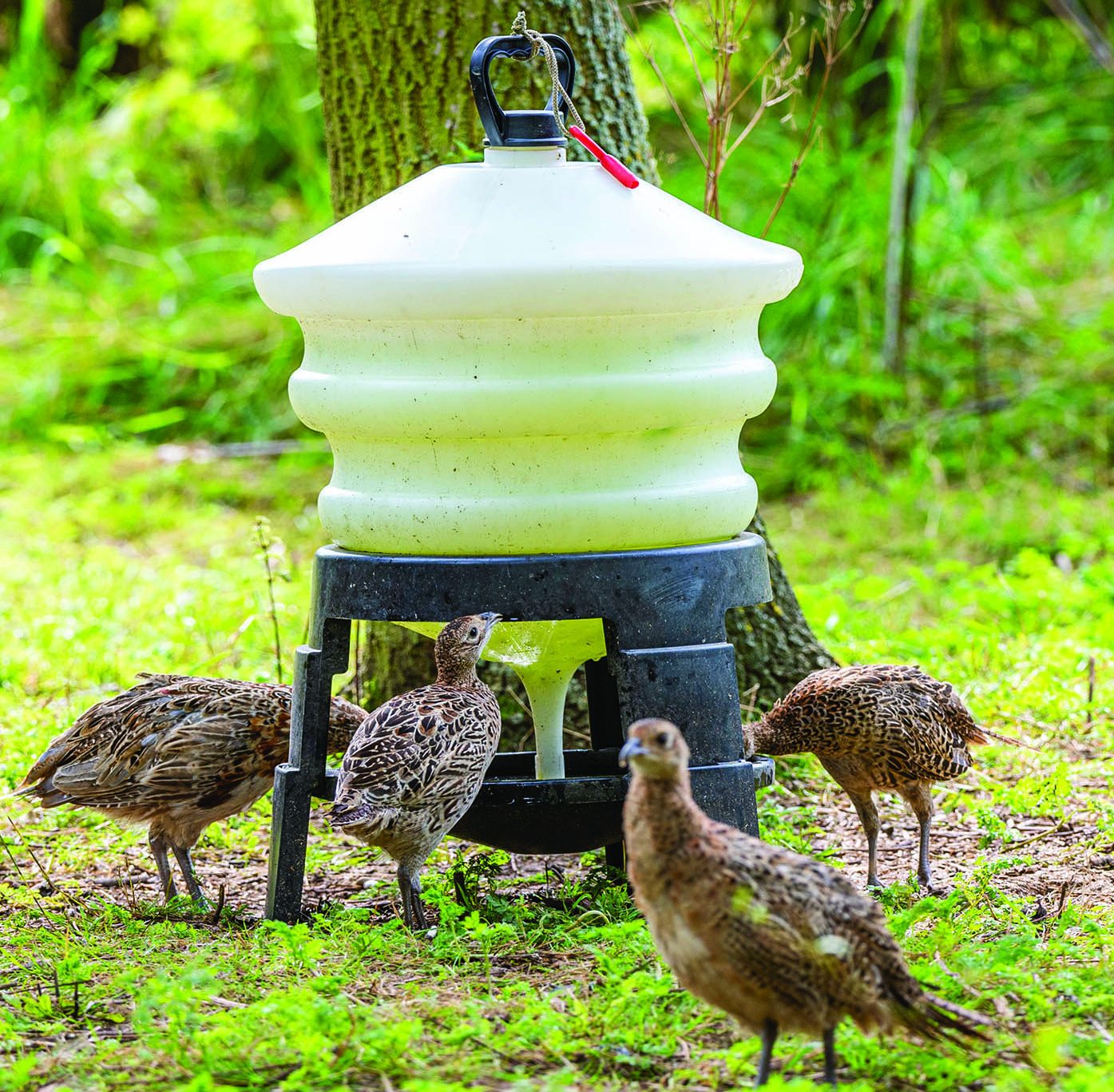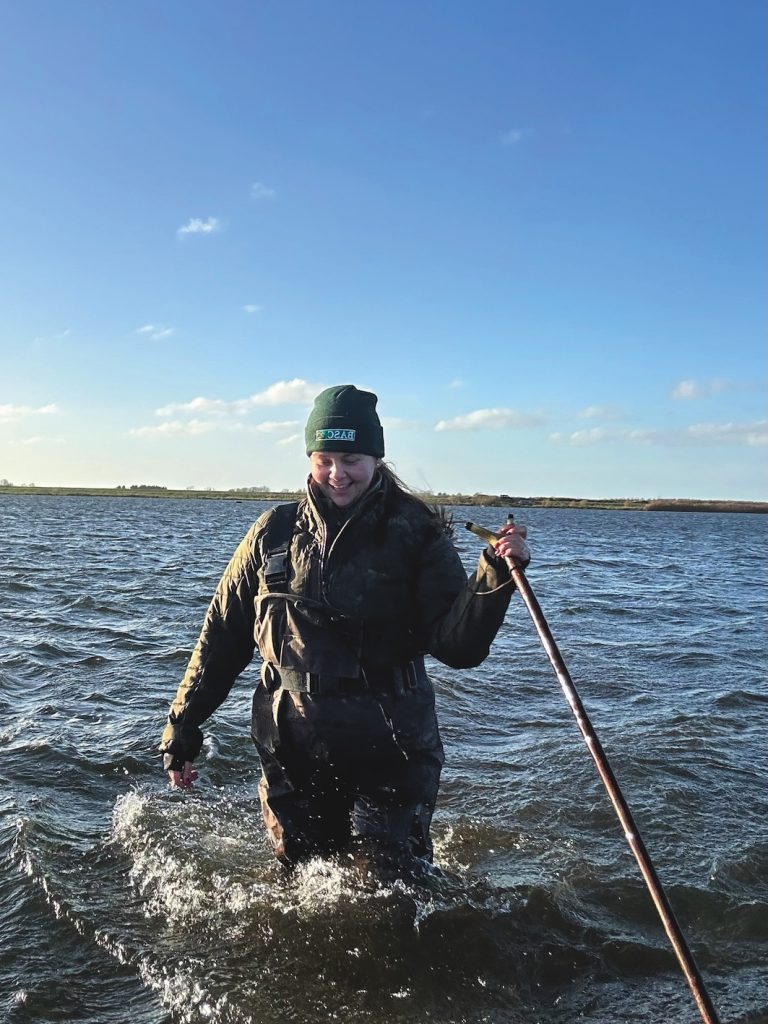Win CENS ProFlex DX5 earplugs worth £1,149 – enter here
Biodiversity – looking at the bigger picture

“All wildlife benefits from….” My heart sinks every time I hear those words, because they are invariably wrong. They are usually followed with the word gamekeeping, or shooting, and whichever is chosen the resulting sweeping statement reveals a degree of fundamental ignorance about the impact of game management that our opponents see straight through.
Even taken at its simplest, this concept is clearly untrue. No gamekeeper worth his or her salt will be failing to do their best to control the local populations of common predators like foxes, crows and magpies. These three are native wildlife species, and being killed to protect game is hardly beneficial to them. But, beneath this obvious simplicity there is a much more subtle picture, in which game management produces both negatives and positives in terms of outcomes for other wildlife.
That said, even after 41 years as part of the GWCT advisory team, I am passionate about the overall conservation benefit that good game management delivers in our wonderful countryside. I may be a keen Shot, but that alone would not have motivated me for all these years; it is the biodiversity benefit that accrues from our activities that keeps me going. But, I am also well aware that if we do it badly, any benefit can be more than outweighed by damage.
A few years ago, my colleague Rufus Sage, GWCT’s head of lowland gamebird research, led a project to review the literature about the benefits and otherwise to habitats
and wildlife of gamebird releasing in the UK. He and his colleagues looked into a total of 128 pieces of work on the subject, much of it peer-reviewed science and all credible in its conclusions. They split these into a total of 25 effects and categorised them as positive, neutral or negative.
Balanced out
Guess what? The overall number of positive and negative effects pretty much balanced out. So, taking woodlands as an example, good works by game managers mean that most measures of woodland habitat quality and biodiversity, as well as total amount of woodland, are likely to be better on estates with a shoot. On the other hand, release pen areas are likely to have enriched soils, with declines of some scarcer shade-tolerant herb species and invasion by weeds and rank vegetation. They are also likely to have depleted ground beetle communities, with faecal analysis suggesting that pheasant poults are eating them.
The presence of grey partridges is a great indicator of farmland ecosystem health
You could reasonably say that the downsides here are likely to be much more localised than the benefits, which accrue over a wider area, but this is hardly a cause for complacency. You could also question the effect of habitat management in the pen; letting the light in for the pheasants may well also suppress shade-tolerant woodland wild flowers, and perhaps the ground beetles too.
This being the case, the effect may be temporary, with rapid recovery when the canopy closes over again. However, soil analysis in old pen sites shows that nutrient enrichment persists quite strongly, only declining slowly over time, with weeds like nettles likely to persist and suppress the more delicate flora, especially in more sensitive ancient woodland sites.

Pheasant release pens are likely to have depleted ground beetle communities
Supported by science
There is a widespread view that songbirds do well on shoots, and this is well supported by the science. Most shoots plant at least some areas of covercrop, and they are also likely to retain and plant more hedges, thus providing both food and cover for farmland songbirds. Those who follow the Code of Good Shooting Practice and continue to feed into late spring are also likely to help winter survival and enhance breeding populations of seed-eaters like finches and buntings. That said, we should all be mindful of doing this in a way that does not support rats, therefore avoiding the need to use rodenticides, with the inherent risk of secondary poisoning of other wildlife.
Pheasant predation of reptiles remains a controversial issue, and it is absolutely fair to say that all six of our native reptiles are potentially vulnerable, but there is no peer-reviewed science as to how important this may be. Again, there is no cause for complacency here, and pheasants have certainly been listed among the predators of the rare sand lizard. There was also the case of a situation where an increase in pheasant density was correlated with a decline of adders and common lizards.
Whether there was a direct relationship is unclear, because the young woodland concerned was growing up rapidly at the same time, starving the ground of sunlight and making the habitat progressively less good for the reptiles. Whatever the bigger picture, avoiding known reptile hotspots when selecting release sites minimises risk.
One of the other gamekeeper activities that we tend to bang on about is predation control, and the benefit that this has in conserving other wildlife. Here again, the science is more mixed than we might hope. It is undoubtedly true that an intensive programme across the full spectrum of legally controllable species can have a significant benefit for much vulnerable wildlife, as well as our game, and the science supports this. On the other hand, there is a suggestion, supported by some studies, that released game can help to support predator populations, possibly to the detriment of other wildlife when the pheasant and partridge supply runs low.
The GWCT is currently deep into a BASC-funded study to investigate whether this applies to foxes, by comparing measures of fox abundance between shoots that release game and places that have no shoot.
Good shoot management
Meanwhile, there is a broader question too, and that revolves around birds of prey. Good shoot management is almost always beneficial to raptors, and this is proven to be so in the uplands. When keepers control the likes of foxes, stoats, crows and magpies, lots of prey items from mice and voles to rabbits and songbirds benefit, providing an enhanced prey base for some of our most iconic wildlife. How sad, then, that the illegal killing of raptors is seen to outweigh this, because of the activities of a selfish few. To quote Rufus and his fellow authors: “The illegal killing of raptors is a landscape scale negative effect that should and could be eliminated with no detriment to game management interests.”
This leads to an important broader question: how do we make what we do more positive? When Rufus and collaborators were close to the end of the review, we settled down to a GWCT staff seminar to discuss what it told us. The first thing to become clear was there were several negatives that could easily be improved, such as always following release pen stocking density guidelines and improving the process to identify and avoid sensitive sites. Alongside this, there were lots of positives could be much more so if we tried a little harder.
While heading out for foxes helps vulnerable species, it could be that releasing game also helps to support predator populations
So, where does all this lead us? Well, it seems to me that all shoots should stop and think about their impact on the broader environment. All of us will be doing good things, but we must be properly aware of the negatives too. If we take the time to understand this, we can start to work out what to do to minimise the downsides, rather than just ignoring them and sailing blithely on.
The GWCT is very much there to help. The simple, free to use shoot biodiversity tool is a good place to start. It carries a series of questions that can allow you to assess the likely biodiversity impact of your shoot, and hopefully set you off in the right direction. The advisory team also offers a biodiversity assessment scheme that takes you into greater detail, through visiting the shoot, critically analysing what you are doing and working towards an achievable action plan to take
you forward.
Game shooting has never been under closer scrutiny, and that applies to both wild game and reared and released. Socioeconomics and wellbeing are strong arguments in our favour, but they are stronger still if we deliver ever better biodiversity in the process. All shoots can make a positive contribution to this, we just need to ensure that we do.
Related Articles
Get the latest news delivered direct to your door
Subscribe to Shooting Times & Country
Discover the ultimate companion for field sports enthusiasts with Shooting Times & Country Magazine, the UK’s leading weekly publication that has been at the forefront of shooting culture since 1882. Subscribers gain access to expert tips, comprehensive gear reviews, seasonal advice and a vibrant community of like-minded shooters.
Save on shop price when you subscribe with weekly issues featuring in-depth articles on gundog training, exclusive member offers and access to the digital back issue library. A Shooting Times & Country subscription is more than a magazine, don’t just read about the countryside; immerse yourself in its most authoritative and engaging publication.







